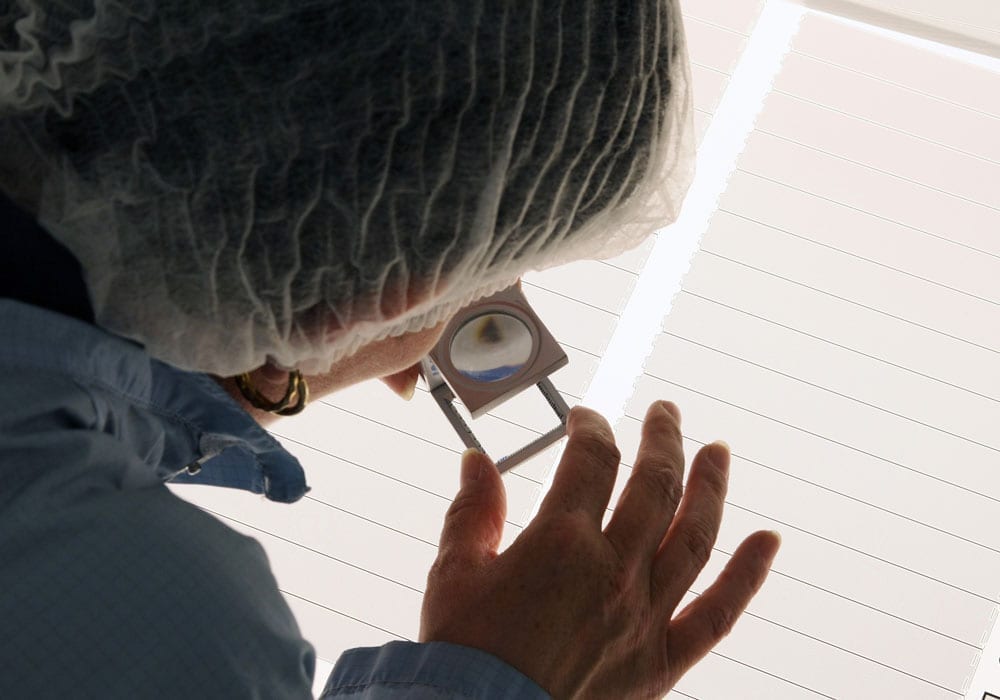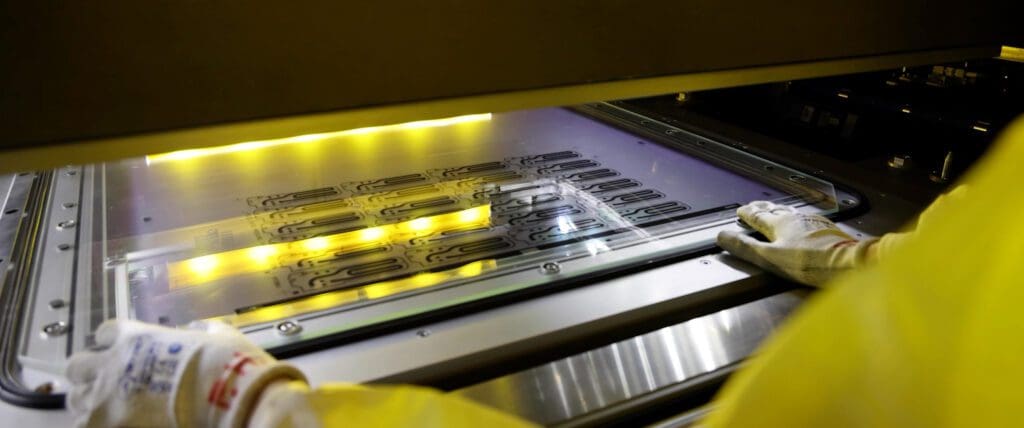Chemical etching metals conventional machining finds too difficult
For designers looking to manufacture burr- and stress-free metal parts with complex geometries, maintain the flexibility to make last-minute design changes and mass produce prototypes quickly, photo chemical etching is increasingly seen as the answer.
Chemical etching offers both an economical and efficient solution, allowing for the mass production of incredibly intricate, thin metal parts at a fraction of the cost of other methods.

Today’s OEMs don’t just need parts produced quickly, however, they also need them to be affordable. In addition to fast production speeds, chemical etching is often the most economical option for producing custom parts with complex designs and strict tolerances, and unlike other metal manufacturing processes the cost of etching rarely ever increases with design complexity. This frees design engineers to utilise their creativity and to innovate when designing metal parts, without the worry of incurring additional fees for intricate details.
Chemical etching offers the ability to produce parts with different geometries at the same time
The use of inexpensive and easily reworked photo-tools allows for design configurations often not possible with other metal machining methods. Chemical etching even offers the ability to produce parts with different geometries at the same time on a single sheet of metal. The ability to use mixed graphic tooling to produce multiple part types in one production run is one of the greatest cost-saving advantages offered by the process.
But there is another key advantage of chemical etching, and that is the fact that through constant investment in R&D, leading practitioners like Precision Micro can apply the process to almost any metal – even those notoriously difficult to machine.

Chemical etching titanium
Titanium and its alloys have gained widespread applications in the aerospace and biomedical industries as they are lightweight and strong, have excellent fatigue performance and offer high resistance in aggressive environments. It is unfortunate, however, that these favourable properties prove to be a challenge during conventional machining.
Titanium and its alloys pose a hazard to the tool and significantly reduce tool life
Due to their high strength, low thermal conductivity and chemical reactivity with tool materials (at elevated temperatures), titanium and its alloys pose a hazard to the tool and significantly reduce tool life. In addition, a relatively low Young’s modulus of titanium alloys leads to spring-back and chatter when machining, causing poor surface quality on the finished product.
The use of chemical etching overcomes many of these issues, but even etching titanium is difficult as the metal forms a protective oxidised coating when exposed to air, meaning it cannot be etched with standard etch chemistries. Precision Micro has overcome this problem and is, therefore, one of the only photo chemical etching companies in the world that can offer chemical etching of titanium on a production scale.
Precision Micro specialises in etching biocompatible cranial, dental and pacemaker battery meshes for the medical devices market. These complex and sometimes ultra-thin meshes benefit from the fact that chemical etching manufactures all openings and countersinks simultaneously, therefore making it more economical than competing laser cutting and machining processes.
Aluminium etching
Aluminium exhibits many of the attributes of titanium, notably its high strength to weight ratio and natural corrosion resistance, but at a lower cost. Whereas titanium is stronger and more corrosion resistant than aluminium it has a relatively low fatigue limit, which makes aluminium well suited to aerospace applications where fatigue limits must be high.
One of the biggest problems conventionally machining aluminium is what is termed “the built-up edge”, essentially the welding of work-piece material to the tool edge, and the loss of effective geometry which causes increases in cutting forces and quality problems such as scratches in the surface and cloudy finish.
Aluminium is also difficult to photo-etch effectively as the heat energy it releases during etching often results in a rough, granular edge.
Precision Micro has developed a proprietary method for etching aluminium and its alloys, producing edge profiles comparable with those etched in stainless steel. It is also AS 9100 accredited, the quality management system standard required to supply the world’s leading aerospace, space, and defence businesses.
Typical applications include lightweight helicopter air intake grilles and heat transfer plates used in aircraft dehumidifiers and engines, the latter often requiring multiple designs which can be set-up cost-effectively with chemical etching and include smooth channels to improve airflow.
Precision Micro has over 50 years’ experience as a photo chemical etching specialist. Its continual investment in research and development of chemical etchants and process parameters means that today, even the most challenging metals can be processed in volume and to high levels and accuracy and repeatability.
Chemical Etching Whitepaper
Learn how chemical etching can overcome the limitations of traditional sheet metal machining technologies.
Download






